A raised bed garden is one of the most popular and efficient ways to grow a variety of plants in limited space. Whether you’re looking to grow vegetables, herbs, or flowers, raised beds offer improved soil drainage, better weed control, and less back strain compared to traditional in-ground gardening.
Creating and maintaining a successful raised bed garden requires a bit of planning and effort, but the results are well worth it. With the right materials, soil mix, and maintenance practices, you can enjoy a bountiful harvest all season long.
In this article, we’ll share 13 essential tips for building and maintaining a raised bed garden, ensuring that your garden flourishes year after year.
Choosing the Right Location
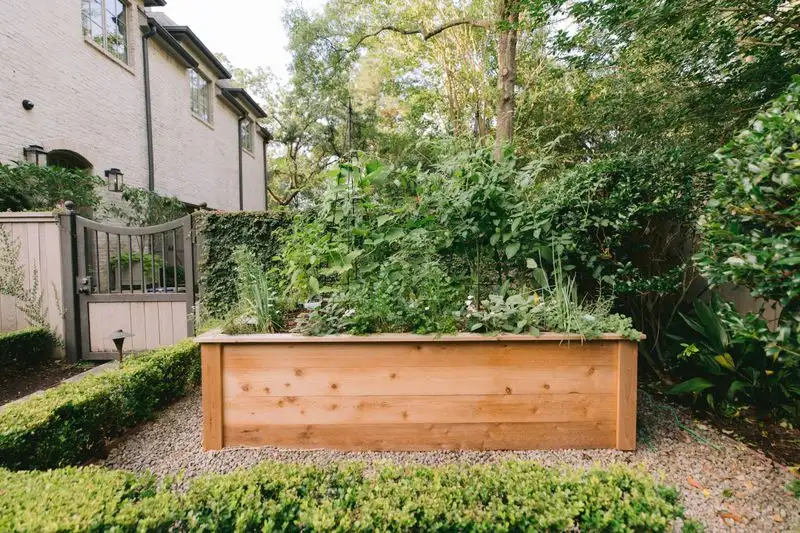
Placement is crucial in raised bed gardening. Consider locations that receive ample sunlight, around six to eight hours daily, as most vegetables thrive in these conditions. Avoid areas with excessive shade from trees or buildings that might hinder growth. Additionally, proximity to a water source can save time and effort, making it easier to maintain soil moisture. Testing the drainage of the site by checking for standing water after rain can prevent potential waterlogging. These considerations ensure your garden receives the essential elements it needs to flourish.
Selecting Quality Soil and Amendments
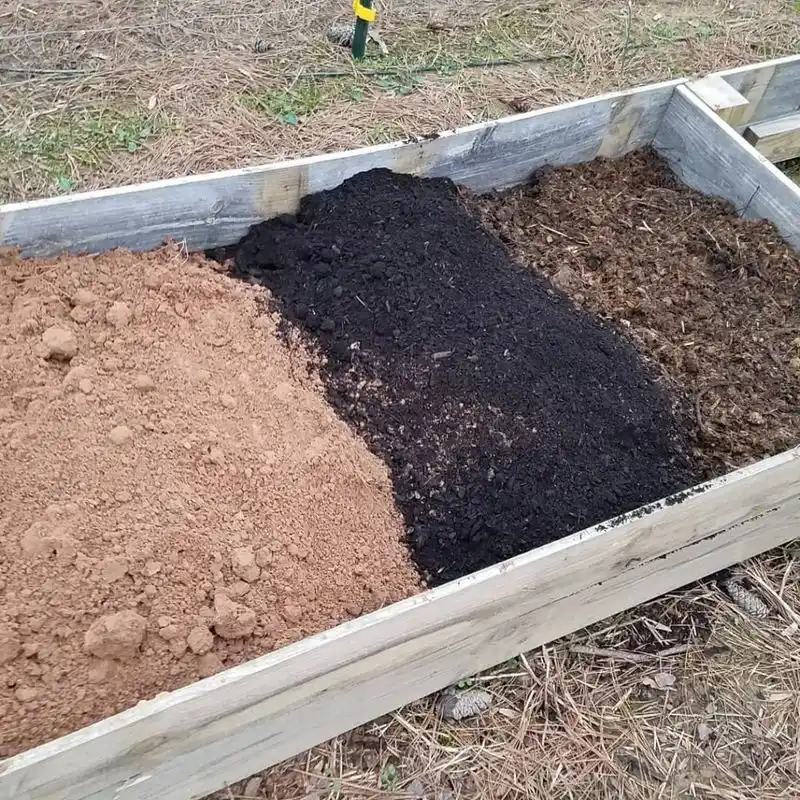
The foundation of a successful raised bed garden is its soil. Opt for a mixture that balances drainage and nutrient retention, such as a blend of compost, peat moss, and vermiculite. Organic amendments enrich the soil, providing essential nutrients that encourage plant growth. Regularly testing and adjusting the pH levels can also optimize plant health, allowing for better nutrient uptake. Without the right soil composition, plants may struggle to establish themselves, reducing yields. Prioritizing quality soil from the start leads to a thriving garden.
Constructing Sturdy Bed Frames
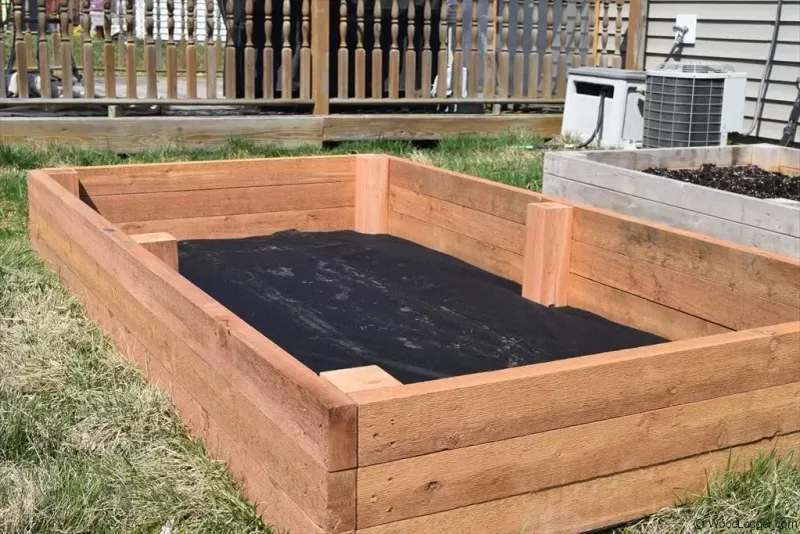
Building a durable frame involves selecting the right materials, such as rot-resistant woods like cedar or redwood. These materials not only enhance longevity but also add aesthetic appeal. Precise measurements and construction ensure stability, preventing soil from spilling out and maintaining the bed’s shape. Consider using untreated wood to avoid chemicals leaching into the soil, keeping your plants safe and organic. A well-built frame supports the garden’s structure and simplifies maintenance, setting the stage for successful cultivation.
Optimizing Bed Size and Layout
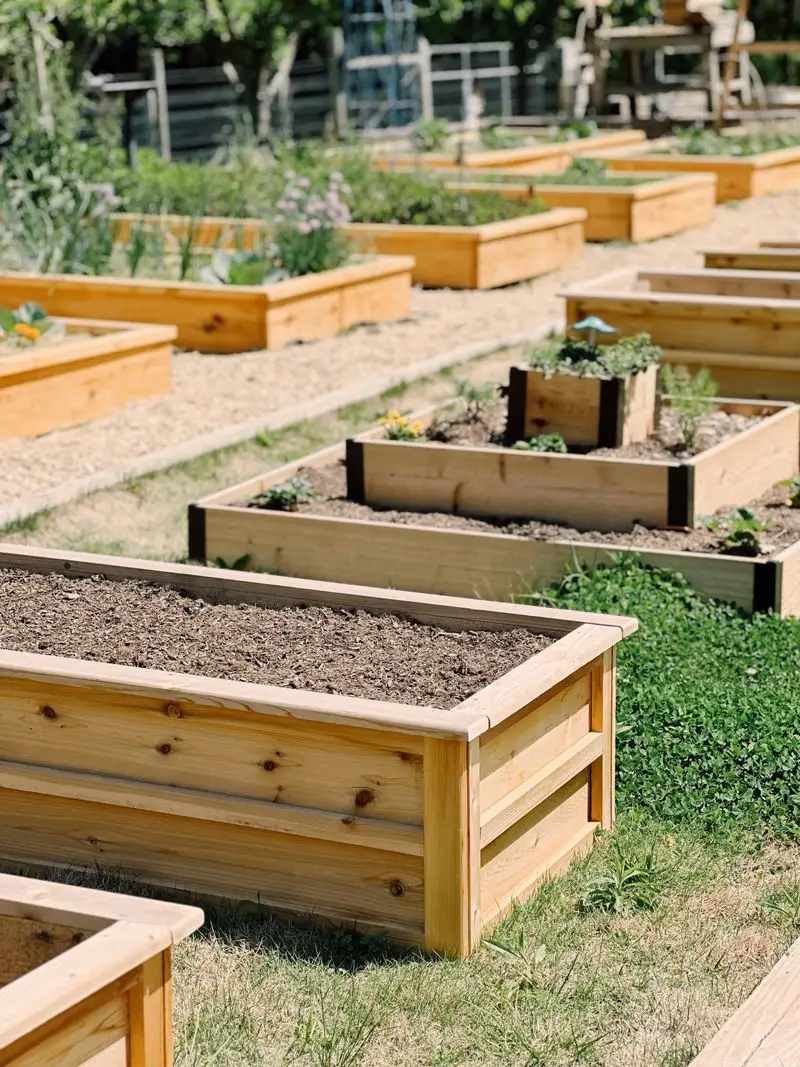
Efficiency in layout enhances both accessibility and plant growth. A width of three to four feet allows for easy reach from either side, minimizing soil compaction. Length can vary but should accommodate your gardening needs and space. Pathways between beds should be wide enough for comfortable access without hindering movement. Organizing plants by their growth habits and needs can improve yields and simplify care. A thoughtfully designed layout maximizes the garden’s productivity, making the most of your space.
Implementing Efficient Watering Systems

Watering efficiency is key to maintaining healthy plants. Drip irrigation systems offer precise water delivery, conserving water and preventing overwatering. This system reduces evaporation and ensures roots receive consistent moisture. Alternatively, soaker hoses are a simple, cost-effective option for evenly distributing water across the bed. Consider installing a timer to automate watering, saving time and effort while optimizing water use. These systems can significantly enhance plant health and garden yields by maintaining ideal moisture levels.
Incorporating Crop Rotation Practices
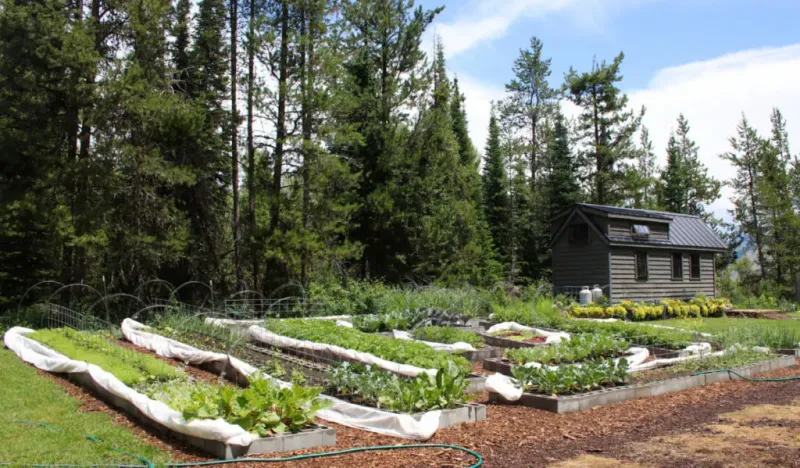
Rotating crops annually helps maintain soil health and minimize pest issues. By changing plant locations, you reduce the risk of nutrient depletion and interrupt pest life cycles. It encourages diverse microbial activity, enriching the soil structure. Planning rotations requires understanding the families of the plants you grow, ensuring that the same family doesn’t occupy the same space consecutively. This practice promotes sustainable gardening, optimizing soil fertility and reducing chemical dependency, benefiting both your plants and the environment.
Utilizing Companion Planting Techniques
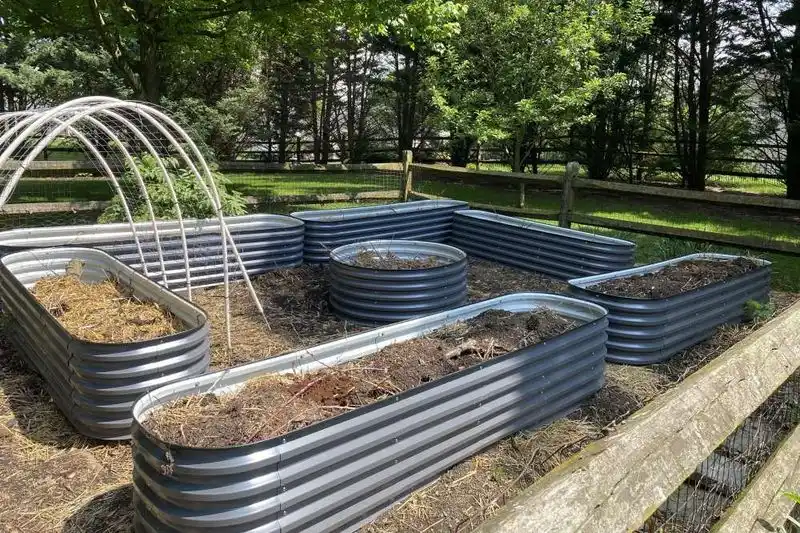
Companion planting involves strategically pairing plants to enhance growth and deter pests. Some plants can improve the flavor and yield of others, while certain combinations deter harmful insects naturally. For example, marigolds can protect tomatoes from nematodes and basil can enhance their growth. This method not only maximizes space but also fosters a balanced ecosystem within the garden. Thoughtful companion planting leads to healthier plants and a more productive garden, offering a natural approach to pest management and soil health.
Implementing Seasonal Cover Crops
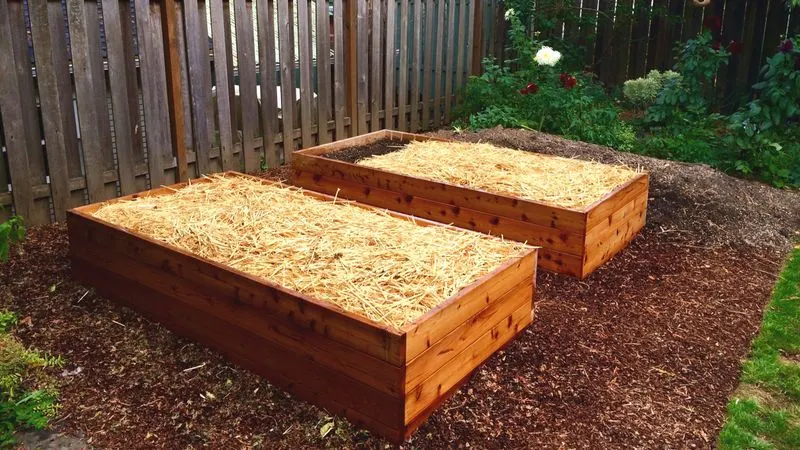
Cover crops, like clover or rye, play a pivotal role in enriching soil during off-seasons. They prevent erosion, improve soil structure, and increase organic matter. These crops can also fix nitrogen, making it available for future plantings. Integrating cover crops into your gardening routine enhances soil fertility and supports sustainable practices. As they decompose, they provide nutrients that prepare the soil for the next planting season. This method ensures your soil remains healthy and productive year-round.
Managing Pests Naturally
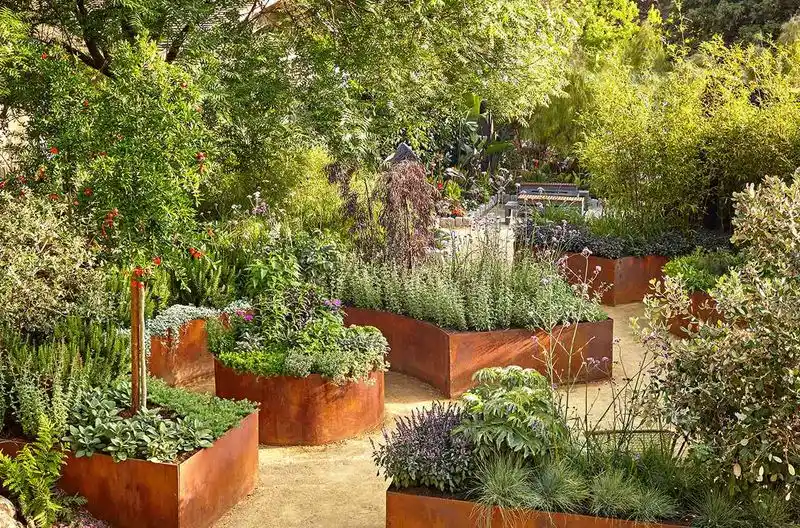
Addressing pest issues organically involves various strategies like encouraging beneficial insects and using natural repellents. Ladybugs and lacewings, for instance, can keep aphid populations in check. Homemade sprays made from garlic or hot pepper can deter pests without harming plants. Regular monitoring of plants for signs of pest activity allows for early intervention, preventing larger infestations. Natural pest management not only protects the environment but also ensures that your produce remains chemical-free and safe to consume.
Improving Soil with Organic Matter
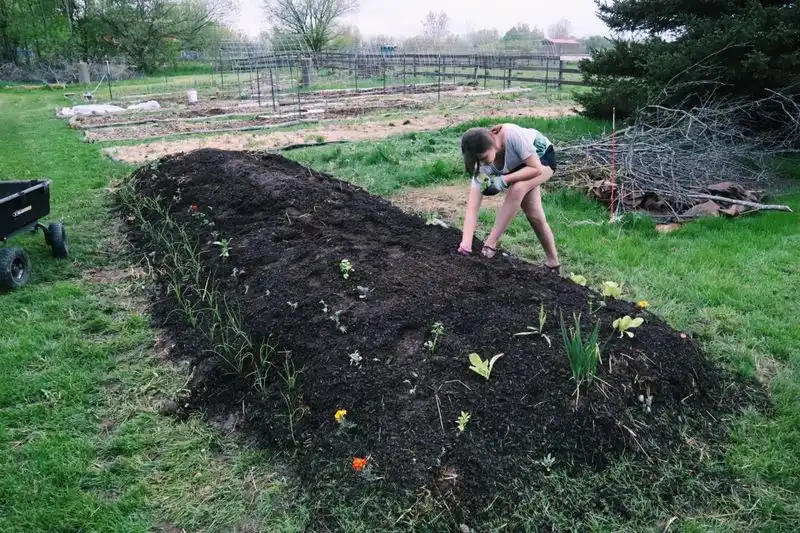
Adding organic matter, such as compost, is essential for maintaining soil fertility. It improves soil structure, enhances water retention, and encourages beneficial microbial activity. Regularly incorporate organic material to replenish nutrients and support plant health. This practice fosters a living soil environment, crucial for vigorous plant growth. By maintaining a rich, balanced soil composition, your raised bed garden will have the foundation to thrive, leading to bountiful harvests and healthy plants.
Pruning and Deadheading Plants
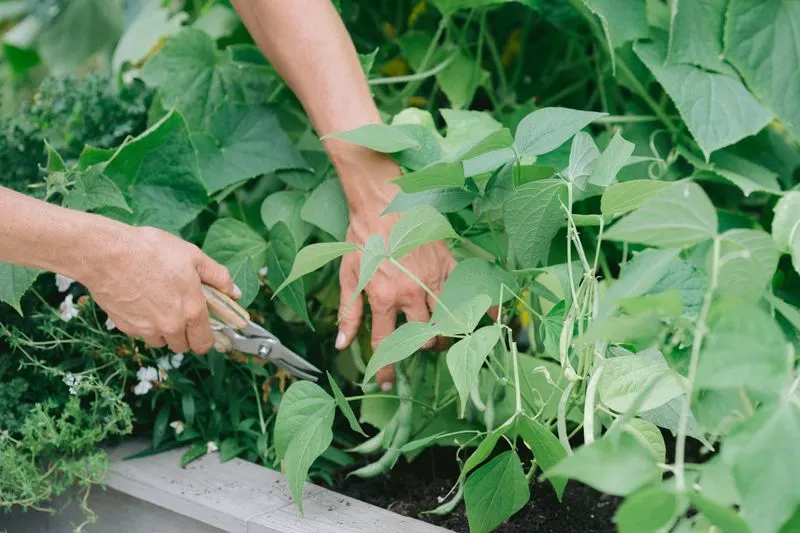
Pruning removes dead or overgrown branches, encouraging airflow and sunlight penetration. This practice reduces disease risks and promotes healthy new growth. Deadheading, or removing spent flowers, can prolong blooming and prevent self-seeding. Regular attention to pruning tasks keeps plants productive and aesthetically pleasing. While it requires effort, the results are rewarding, sustaining a vibrant and flourishing garden. Careful pruning and deadheading are key to maintaining plant vigor and maximizing yields.
Extending the Growing Season

Techniques like using cold frames or row covers help extend the growing season, allowing for earlier planting and later harvesting. These structures protect plants from frost and increase temperature, fostering growth in cooler months. By extending the season, you can enjoy fresh produce for longer periods. Selecting the right materials and positioning them correctly will ensure their effectiveness. This approach maximizes your garden’s productivity, offering more opportunities for successful harvests.
Maintaining Consistent Weed Control
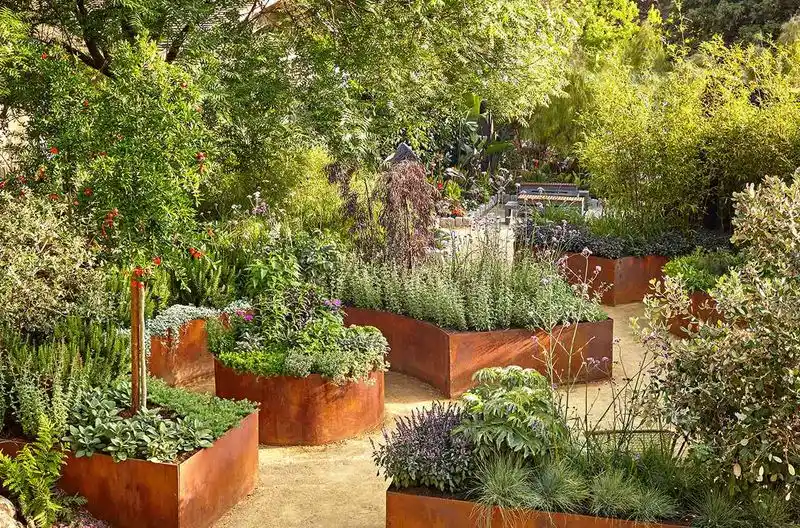
Consistent weed control prevents competition for nutrients and water, allowing your plants to thrive. Mulching with organic materials like straw or wood chips not only suppresses weeds but also retains soil moisture. Regular weeding and monitoring can catch invasive plants early, reducing labor over time. By diligently managing weeds, you ensure that your raised bed garden remains healthy and productive. Incorporating these practices creates an environment where your plants can flourish without unwanted competition.

